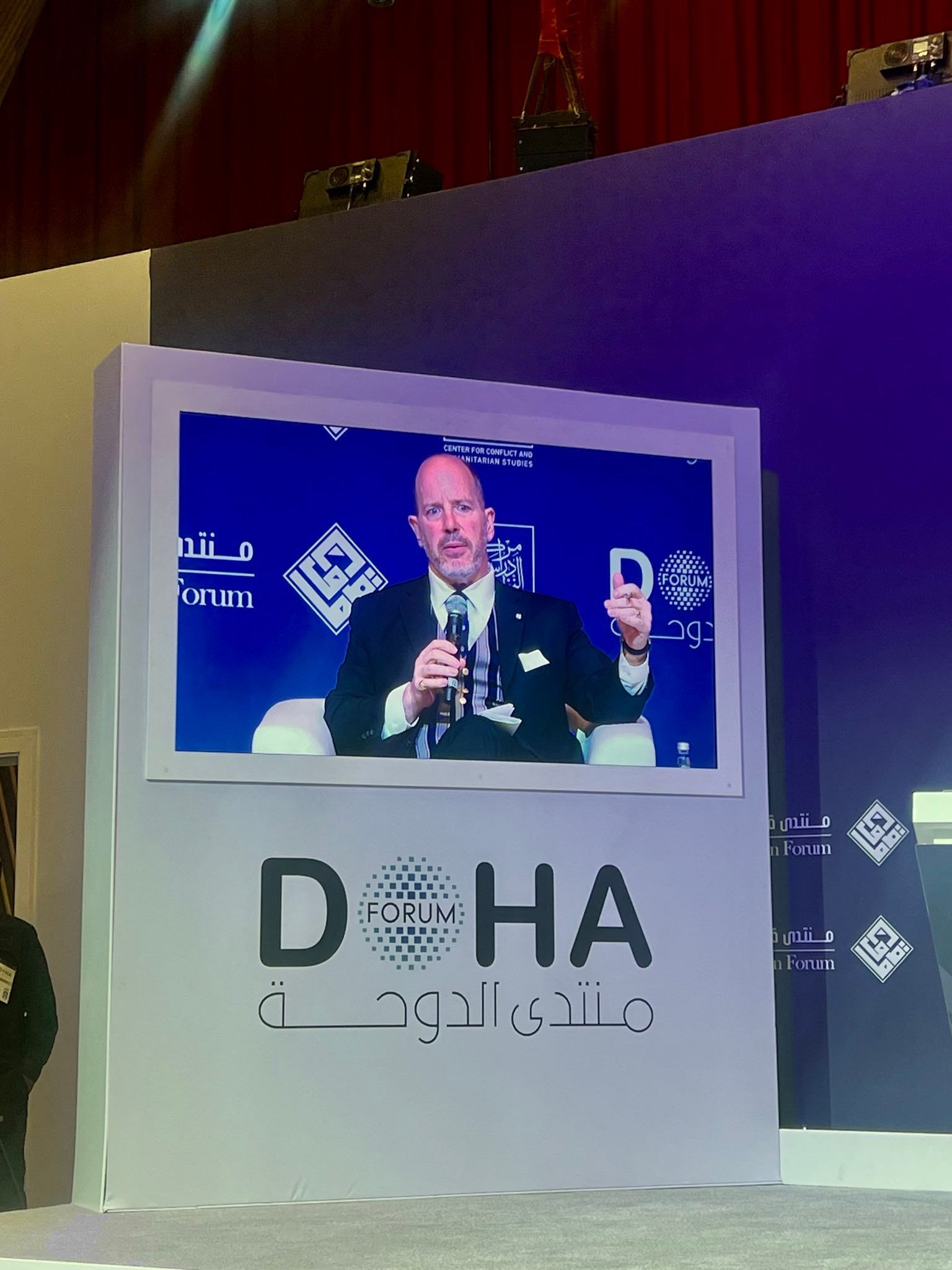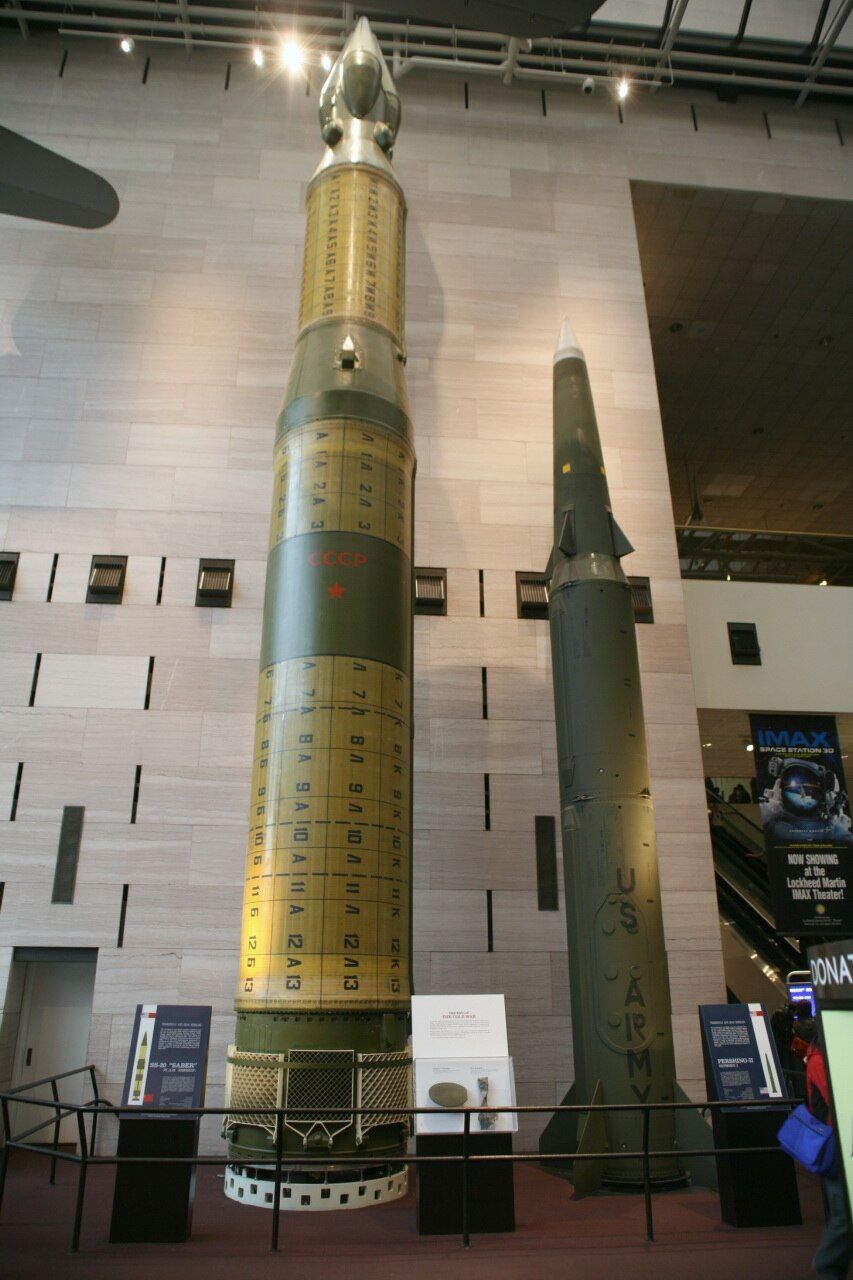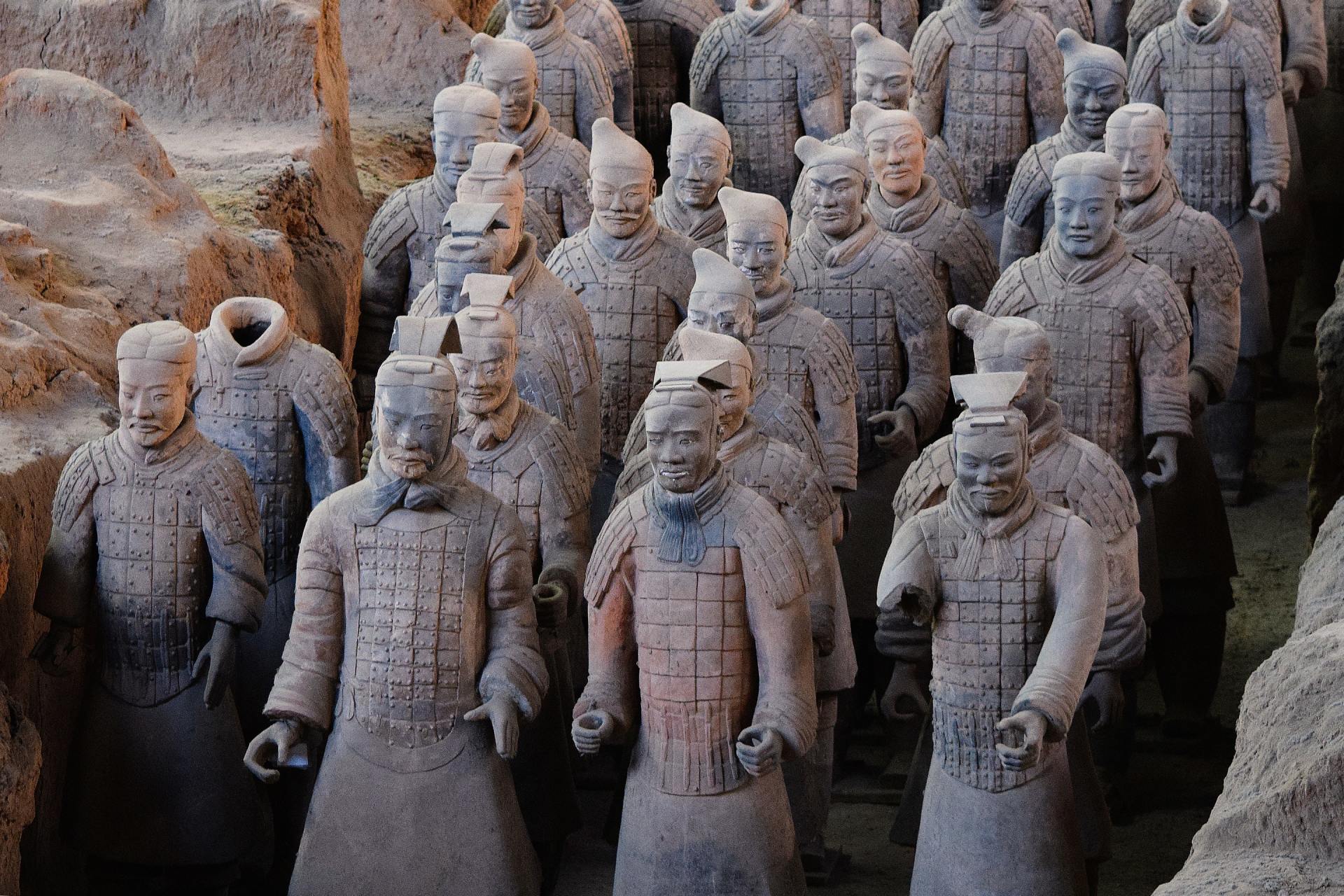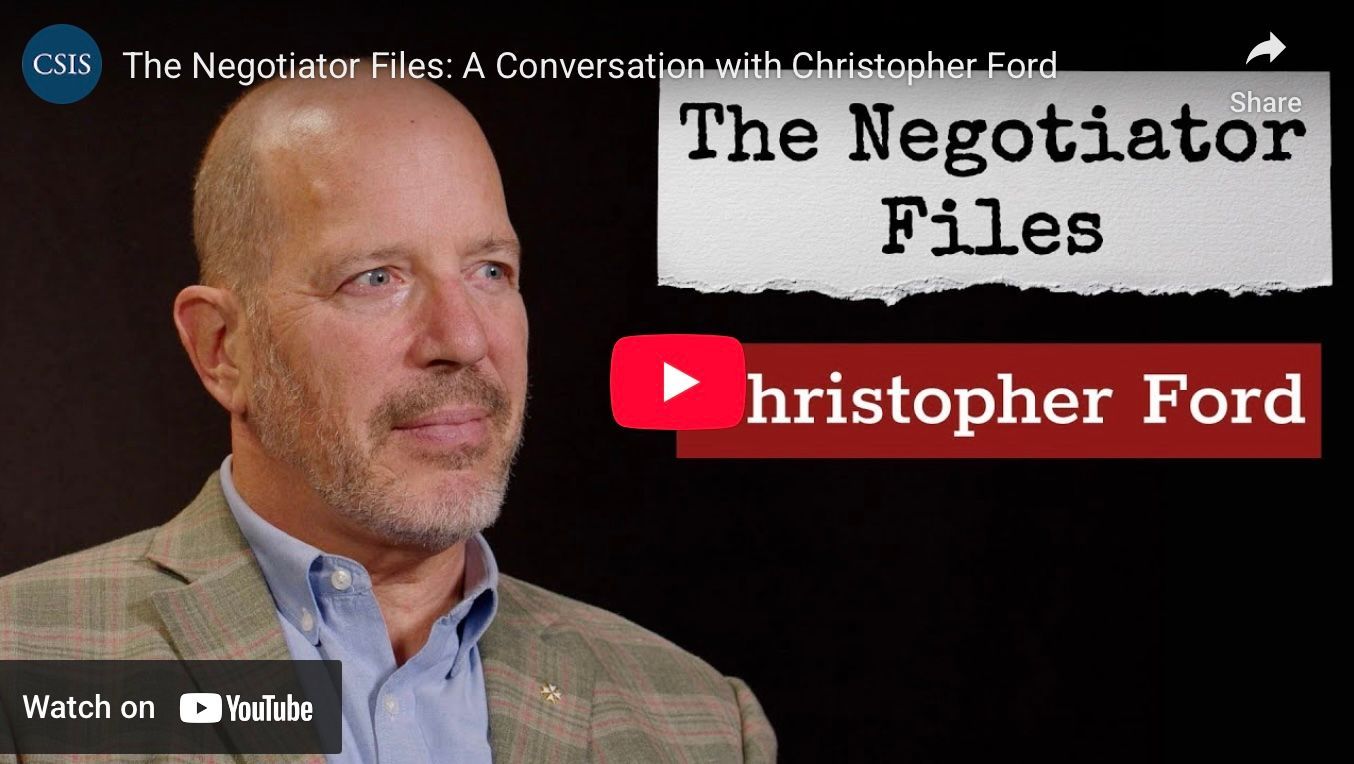The PRC’s “Military-Civil Fusion” Strategy Is a Global Security Threat
Below appears a "DipNote" blog post Assistant Secretary Ford published on March 16, 2020.
Over the past year, I have been sounding alarm bells to the United States’ partners and allies, U.S. corporations, and to the American public about Beijing’s strategy of “Military-Civil Fusion,” or MCF. MCF is a dense issue, and we must peel back its many layers to fully understand why it is one of the United States’ most pressing national security threats. For starters, it’s important to understand what MCF is, as well as what it isn’t.
As for what it isn’t, the answer is that MCF is nothing like what normal countries do. Most governments seek to encourage innovation and growth in their economies. Likewise, those with military establishments surely want their militaries to take advantage of the best available technologies. Both characteristics are true for us in the U.S. and for many other countries.
With MCF, however, the People’s Republic of China (PRC) has taken technology-seeking to unprecedented levels and applied it with the Chinese Communist Party’s (CCP) characteristic heavy-handed coerciveness. Indeed, Beijing is doing this so aggressively that MCF now constitutes a major national security challenge for us, its neighbors, and any country with a stake in the open international order historically underpinned by U.S. leadership.
We are drawing attention to this challenge, for we diplomats at the Department of State are critical to America’s ability to meet it.
To be sure, acquiring foreign technology — including by stealing it — and putting it into the service of the regime is nothing new for the PRC. Under the CCP’s heavy-handed rule in Beijing, “intellectual property theft” is, rather shamefully, well on the way to becoming as much a part of China’s global “brand” as pandas, pagodas, and kung-fu. That’s a reputational taint surely undeserved by a country with such a rich, ancient, and sophisticated culture.
Under Xi Jinping, however, foreign technology acquisition — by means fair or foul — has become all but an obsession. Xi elevated MCF to a national strategy in 2014, and in 2017, he put himself in charge of the Central Commission for Military-Civil Fusion Development. MCF is backed by the full force of national law and the coercive powers of the state, leaving no one within Beijing’s reach any choice but to comply with its dictates.
It is certainly clear that such technology acquisition can represent an economic threat. The CCP regime certainly has been quite open about its desire to demolish foreign competition and dominate the technological heights of the global economy. The point I’d like to drive home, however, is that MCF represents a potent national security threat too — not merely an economic one.
The goal of MCF is to give the CCP the most advanced military in the world by 2049, the centennial of its takeover in China. MCF aims to make any technology accessible to anyone under the PRC’s jurisdiction available to support the regime’s ambitions. Yes, this is in part about economic power, but it is also, quite centrally, about augmenting Beijing’s military power.
As seen in Beijing, technological innovation is a key to global military power, which is central to a state’s position in the geopolitical pecking order. In this concept, moreover, the state at the top of the totem pole is the one around which the world-system organizes itself.
In the regime’s self-conception, it was China that once occupied that position at the center of the civilized world, holding that seat for centuries and making that sense of centrality into a crucial part of Chinese self-identity. China’s encounter with Western power in the 19th Century, however, demolished this status, leading to what Chinese nationalists remember as a “century of humiliation.” This set the stage for the CCP’s strategic agenda of righting the wrong of this decline and fully “rejuvenating” China by the time it has been a century in power.
To understand MCF, it’s vital to remember that cutting-edge military technology — in the form of ironclad British warships in the Opium War — is seen as having been at the forefront of inflicting this humiliation upon China. Accordingly, as modern Chinese strategists see it, military technology has always been the key to global primacy, with successive “revolutions in military affairs” (RMA) having helped drive and enforce geopolitical shifts.
Those gunboats of 1842, for instance, were possible because Britain led the Industrial Revolution, giving London its storied empire upon which the sun never set. In the 20th Century, the United States became the world’s central power, driven by our technological dynamism and solidifying our status with the aircraft, submarines, missiles, and nuclear weapons of a new RMA that made Britain’s famous battleships obsolete. Indeed, we are felt to have cemented an even more dominant position after the end of the Cold War through another RMA grounded in our information technology revolution.
Simply put, it is the objective of MCF to ensure that it will be the PRC that rides the wave to geopolitical centrality for the next RMA. Xi has decreed that China must develop military capabilities superior to any other military in the world by 2049, and MCF — the ruthless acquisition and systematic diversion to military purposes of technologies such as artificial intelligence, quantum computing, aviation and aerospace, Big Data applications, and civil nuclear power — is a central piece of that plan. If there is to be a mid-21st Century analogue to Britain’s imperialist gunboats, the CCP intends them to be Chinese assets.
This, then, is the strategic context for our work. Here in Washington, we are focusing upon such things as:
- Improving and implementing national security export controls;
- Screening against students, researchers, technicians, and academics sent abroad to acquire information for military research and development; and
- Exercising vigilance against both clandestine campaigns to steal Western technology and overt efforts to purchase access through corporate acquisitions, joint ventures, fractional ownership schemes, partnerships, and trade conditioned upon technology transfer.
This is not just a U.S. challenge but a global one, and our diplomats around the world have a critical role on the front lines, as we step up diplomatic coordination to keep other technology possessors from becoming tools of the MCF machine. We must build and maintain the “coalitions of caution” the world needs against MCF’s depredations.
These technology issues are critical to the great power competitive dynamics of the modern world.
-- Christopher Ford









